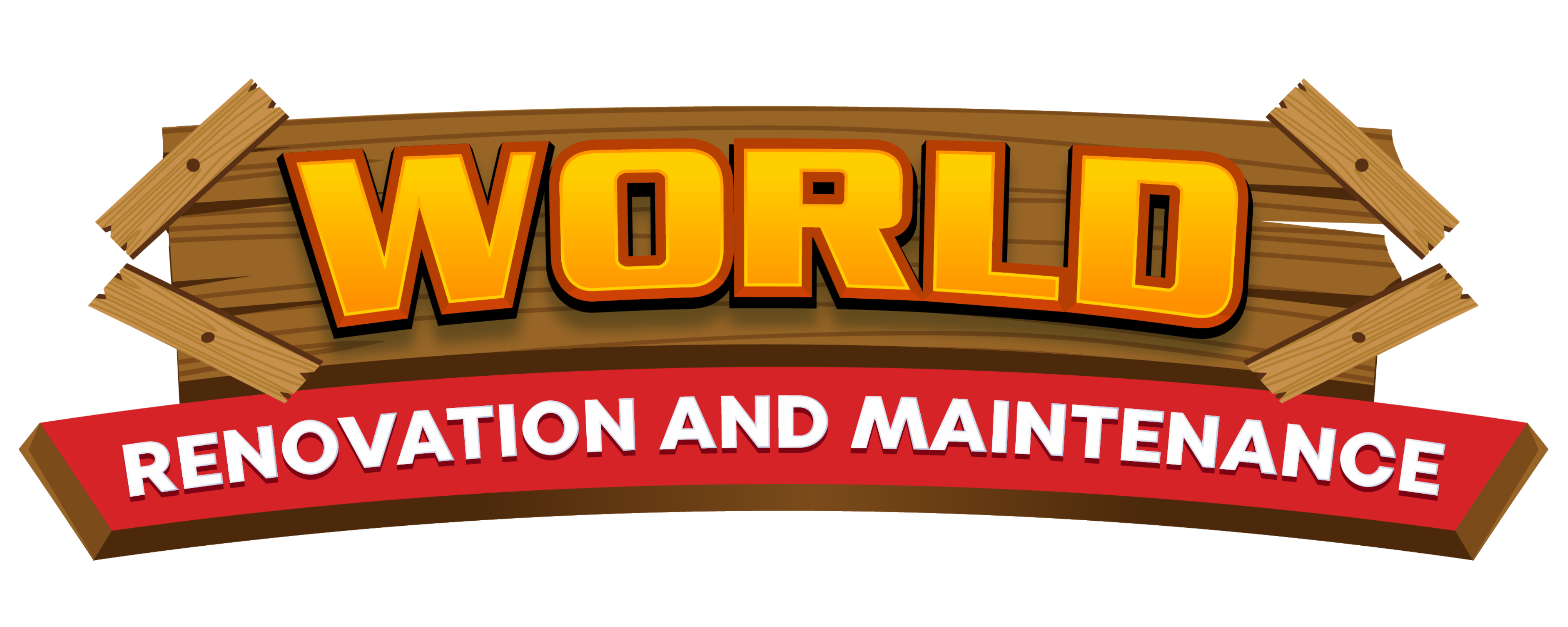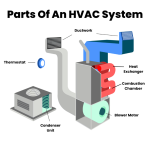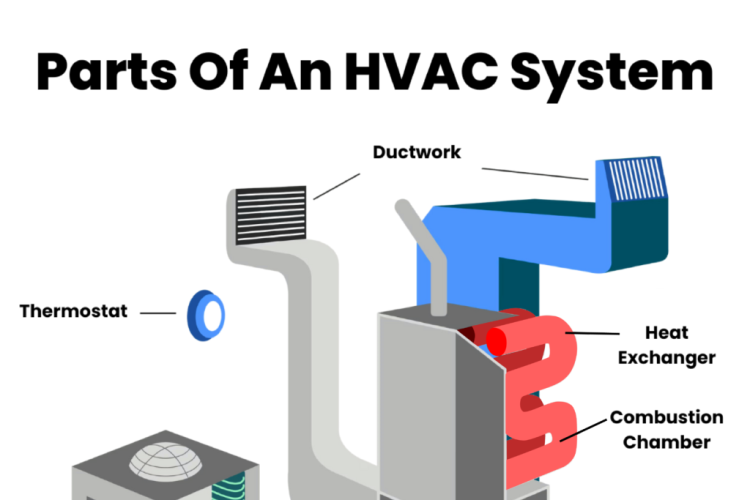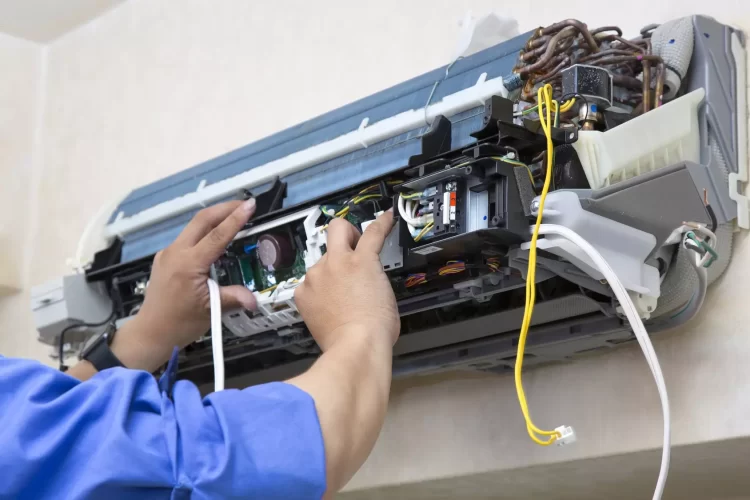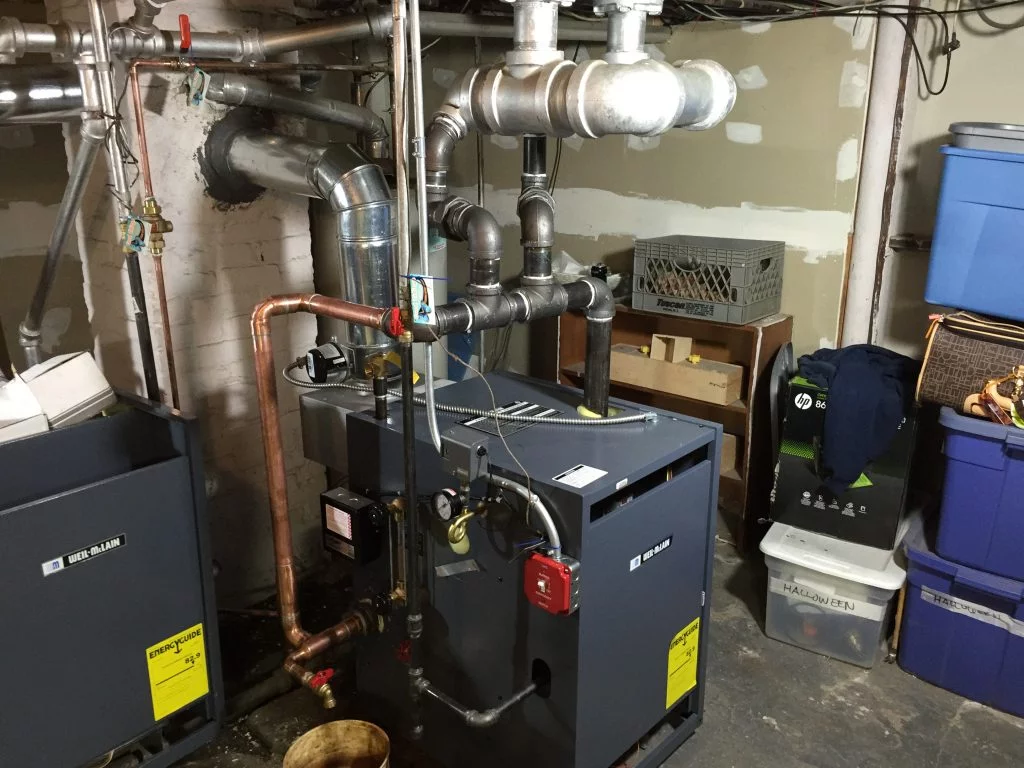
Furnace installation is a major home improvement project that can greatly affect your comfort, energy usage, and overall utility costs. Whether you’re replacing an old unit or installing a new one, understanding the key aspects of furnace installation can help you make smart choices. Here are five crucial facts about furnace installation that you should know.
1. Choosing the Right Furnace Size
One of the most important factors in furnace installation is selecting the right size for your home. A furnace that is too small will have a hard time keeping your home warm, leading to higher energy bills and more wear and tear on the unit. On the other hand, a furnace that is too large can cause short cycling, where the furnace turns on and off too often, reducing efficiency and causing uneven heating.
To find the right size, a professional HVAC technician will perform a load calculation. This process involves looking at factors like your home’s size, insulation, window sizes, and the local climate. The most common method used is Manual J, developed by the Air Conditioning Contractors of America (ACCA), which helps determine the heating needs of your home.
2. The Importance of Proper Ventilation
Proper ventilation is essential for a furnace’s efficient operation and safety. A furnace needs a proper supply of fresh air to burn fuel and a way to expel exhaust gases. There are different types of ventilation systems, including direct venting and natural draft venting, each with its own set of requirements and benefits.
- Direct Venting: This system draws air from the outside and expels exhaust directly outside through a sealed pipe. It is often used with high-efficiency furnaces and is ideal for homes without a chimney or with limited space for traditional venting.
- Natural Draft Venting: This system uses a chimney to expel exhaust gases. It relies on the natural upward flow of hot air to carry exhaust gases out of the home. This method is more common in older homes but can be less efficient than direct venting.
Proper installation of the venting system is crucial to avoid dangerous carbon monoxide buildup and to make sure the furnace works efficiently. Always hire a licensed professional to handle the installation and inspection of your furnace’s ventilation system.
3. The Role of Ductwork in Furnace Efficiency
Ductwork plays a key role in distributing heated air throughout your home. Properly designed and maintained ductwork ensures that warm air reaches every room efficiently. Poorly installed or leaky ducts can lead to significant heat loss and reduced system efficiency.
Before installing a new furnace, it’s important to have your ductwork checked. A professional can look for leaks, make sure that ducts are properly insulated, and ensure that the system is well-sealed. If your home has existing ductwork, it may need changes to fit the new furnace, especially if there is a change in the furnace’s size or type.
Consider installing ductless systems or zoned heating if your home’s layout or existing ductwork is problematic. These systems allow for more targeted heating and can improve overall energy efficiency.
4. Energy Efficiency and Furnace Ratings
Energy efficiency is a key factor in furnace selection and installation. Furnaces are rated by their Annual Fuel Utilization Efficiency (AFUE) rating, which measures how efficiently the furnace converts fuel into heat over a year. The AFUE rating is expressed as a percentage; for example, a furnace with an AFUE rating of 90% converts 90% of the fuel into heat and loses only 10% as waste.
High-efficiency furnaces typically have AFUE ratings of 90% or higher, while standard efficiency models range between 80% and 89%. Although high-efficiency furnaces often come with a higher upfront cost, they can lead to significant savings on energy bills over time.
When installing a new furnace, think about the long-term benefits of higher efficiency. Also, look for Energy Star-rated models, which meet strict energy efficiency guidelines set by the U.S. Environmental Protection Agency (EPA).
5. Regular Maintenance and Professional Service
Once your furnace is installed, regular maintenance is essential to ensure its longevity and optimal performance. Furnace maintenance includes tasks such as:
- Replacing Air Filters: Clogged filters can restrict airflow and reduce efficiency. Check and replace filters every 1-3 months, depending on the type of filter and usage.
- Inspecting and Cleaning Components: Regularly inspect and clean the furnace’s burners, heat exchanger, and blower to prevent issues and maintain efficiency.
- Annual Professional Tune-Up: Schedule a professional HVAC technician to perform an annual tune-up. This service typically includes a thorough inspection, cleaning, and adjustment of your furnace. It helps identify and address potential problems before they become major issues.
Proper maintenance not only extends the life of your furnace but also helps maintain energy efficiency, ensuring that your system operates safely and effectively throughout its lifespan.
Conclusion
Furnace installation is more than just putting a new unit in your home. Understanding the factors involved, from choosing the right size and ensuring proper ventilation to maintaining energy efficiency and regular upkeep, can help you make the best choices for your home’s heating needs. Always consult with a licensed HVAC professional to guide you through the process and make sure that your furnace installation meets all safety and efficiency standards. By keeping these essential facts in mind, you’ll be well-prepared to make informed decisions and enjoy a warm, energy-efficient home.
